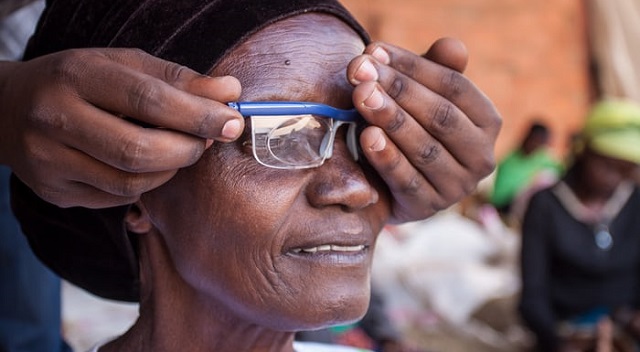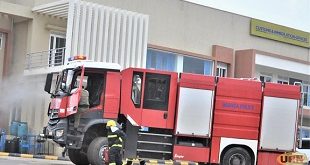
Moroto, Uganda | THE INDEPENDENT | The construction of an Eye Care Unit at Moroto Regional Referral Hospital has started. It will be constructed with support from the Ministry of Health and Sight Savers International.
The unit that will serve the entire Karamoja sub region is expected to be completed by July next year. It will comprise of a theatre, outpatient department, wards for both adults and children, parking yard, store for equipment and among others.
While handing over the site to Kisinga Construction Company Limited on Thursday, Helen Pulkol, the Deputy Resident District Commissioner in Moroto said the construction of the unit is a big relief in the fight against cataract in the region.
“We thank Sight Savers for their intervention in restoring the sight of our people. They have been organizing camps across the region to conduct operations which come occasionally. With the construction of the unit at the hospital, people will now be able to come for services any time”, she said.
Dr Johnson Ngorok, the Country Director for Sight Savers says the project was part of the organisation’s plans of ensuring eye services are accessible to the people in the Karamoja region.
Dr Gladys Atto, an eye specialist at Moroto Regional Referral Hospital says that every year, through their outreach programs, they operate about 1,000 cases of cataract across Karamoja each year.
John Gaston Lokol, the representative of PWDs and Chairperson Disability Council in Moroto district is optimistic that construction of the unit will help treat eye diseases in the region.
Once completed the facility is expected to admit patients from across the region who currently receive major eye care services in Tororo.
According to Sight Savers, cataract contributes to approximately half of all cases of blindness in Africa. The prevalence of blindness in Uganda is estimated to be about 1% in the general population and 9% in the people aged below 50 years, and the highest-burden is thought to be in Karamoja and Busoga regions.
*****
URN
 The Independent Uganda: You get the Truth we Pay the Price
The Independent Uganda: You get the Truth we Pay the Price


